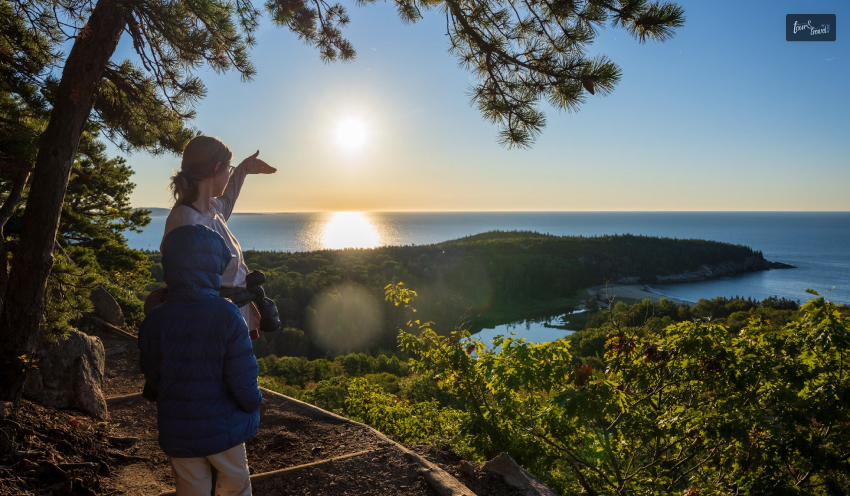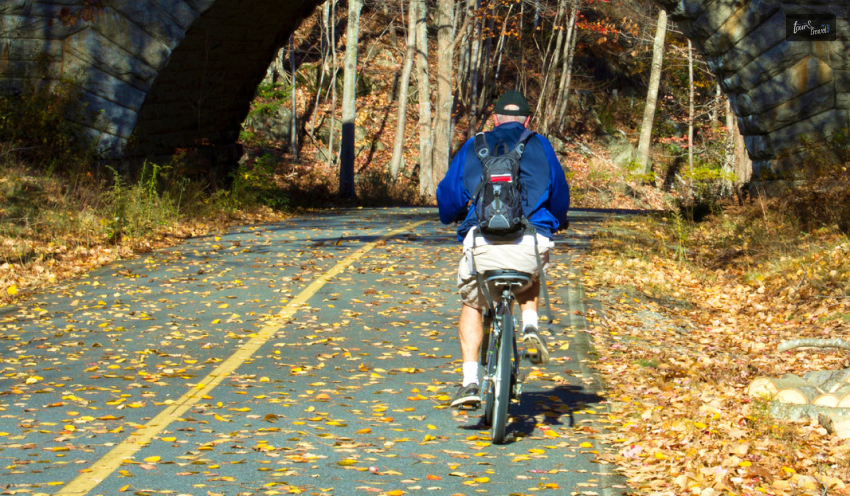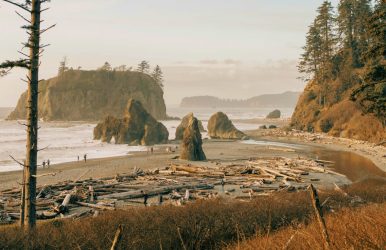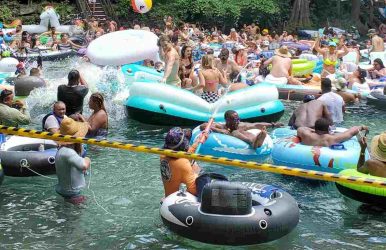A Day At Olympic National Park: Making The Most Of The UNESCO World Heritage Site
BY Sibashree Dec 18, 2024
Designated as a UNESCO World Heritage Site in 1981, the Olympic National Park covers an area of 922,650 acres. Also, 95 percent of this national park is designated wilderness. Further, it is a rare coexistence of temperate rainforest and Alpine highlands. Also, you will find many lakeshores here. Moreover, when at the park, you can see the Pacific Coastline, which is pristine and wild. In addition, the National Park is home to snow-capped mountains like Mount Olympus, Mount Deception, and Mount Constance. It will be an endless discussion if I talk about the attractions in the Olympic National Park. So, I decided to write an account of how I spent my day here. Entry Fee: $10 for Each PersonEntry Fee for Vehicles: $25Visitor Centers: Hoh Rain ForestHurricane RidgePort AngelesLake Quinault A Day At The Olympic National Park: Exploring The Best Views And Trails The Olympic National Park, with its designated wilderness, has many amazing viewpoints. Of course, the Hurricane Ridge is the best sport to cherish a 360-degree view of the park. Further, if you are here for some serious adventure, you can trek to Mount Storm King for a panoramic view of the park and its surroundings. Moreover, hiking through the steep trails and switchbacks is completely worth it. As you conquer the elevation of 609 meters, you will find the surreal Lake Crescent below. The water of the lake looks deep blue. Also, if you want to visit the shores along the Pacific Coast, you can visit Kalaloch and Ruby Beach. In addition, these are the places or hotspots in the Olympic National Park. 1. Hurricane Ridge Hurricane Ridge, a famous spot in the Olympic National Park for beautiful views, is also home to Olympic marmots. It comes with an elevation of 2064 meters, and it is at the epicenter of many adventurous activities in the park. Snowboarding and skiing are the most popular adventure activities here. Moreover, in the spring season, Hurricane Ridge gets filled with wildflowers. 2. Lake Crescent The thousand-year-old lake at the Olympic National Park will take you on a time travel. You can have the most immersive experience her,e looking at the icy blue water of the lake. Further, if you are looking for something adventurous, you can try camping, boating, and hiking here. Moreover, Lake Crescent is home to the Crescenti Trout. You will hardly find this species of fish anywhere else in the world. Beardslee is another species of fish only found in Lake Crescent. You will find many hiking trails near Lake Crescent. I loved the walk to Marymere Falls. 3. Sol Duc Falls The Sol Duc Valley in the Olympic National Park comes with many hiking trails. Among them, the path leading to the Sol Duc Falls is the most beautiful. You have to walk for around a mile to reach the waterfall. You can even hike to Mink Lake or the Lover’s Lane to see Sol Duc Falls. However, these are longer routes in comparison to the trail starting from the Sol Duc Valley. Moreover, as you reach the Sol Duc River here, you will find coho salmon in abundance. If you visit the place from late October to late November, you will find salmon leaping over the waterfall to reach the river. The place is famous as Salmon Cascades Overlook. 4. Peabody Creek Trail The Peabody Creek Trail is a short nature trail near the Olympic National Park Visitor Center. The trail starts from the parking lot, and it is a path in the park that you can access year-round. As you walk through the trail, you will find many picnic benches. So, it is a great place to explore with your family. The trail loop with a moderate difficulty level will take you to Peabody Creek. Once you reach the destination, you can stick to the North and start hiking on the adjacent Aldwell Nature Trail to return to the Visitor Center. Overall, it is a 5.2-mile hike and back journey. 5. Mora and Rialto Beach When you are immersed in the beauty of Lake Crescent and make a further move, go to the southwest. At a distance of 40 miles, you will find Mora and Rialto Beach. Here, you will experience how powerful nature can be. Also, the experience I had here is “dramatic” or “intense.” Moreover, when you are at Mora and Rialto Beach, you will see the best marine animals, like whales, sea lions, otters, eagles, and different seabirds. If you want to spend longer at this pristine place and soak in the energy here, you can plan camping. You can even hike through the James Pond Trail. 6. Staircase The Olympic National Park has this staircase on its southeastern corner. As I visited this place, it felt like entering a kingdom of douglas fir. Further, here, you will find the Skokomish River. Many hiking trails run along this river to the forests. You must take a walk through the trail over the bridge leading to the North Fork Skokomish River. Hiking through the old forest is the most serene experience you can expect. The Shady Lane Trail is another path, and at the end of this trail, you will find the most beautiful Lake Cushman. Moreover, if you are ready to walk those extra miles and take some serious challenges, you can plan a hike to Flapjack Lakes. When you are tired of hiking or exploring the Staircase at Olympic National Park, you can enjoy a relaxing bath at the swimming spots. 7. Olympic National Park Main Visitor Center And Wilderness Information Center https://www.instagram.com/p/CvP2IpYLM8o/?img_index=1 The Olympic National Park Main Visitor Center And Wilderness Information Center will be your first stop as you start exploring the national park. Here, you will see the “Mosaic of Diversity.” It is an orientation film about the diversity and beauty of the park. Further, if you are traveling with kids, they will have the most amazing time at the Discovery Room. After knowing about the cultural and natural history of the park, you can make your move to visit the other attractions. The Visitor and Information Center remains open from 8 AM to 5 PM every day and the knowledgeable rangers and staff there will guide you in your journey to the park. As you step out of the visitor center, you will find two short nature trails leading to different parts of the park. Also read Why Include Whale Watching In Your LA Itinerary. Traveling On A Budget: Tips For Affordable Adventures. From Cocktails To Kickflips: Must-Try Activities In San Diego.


















